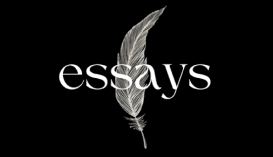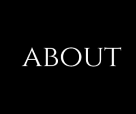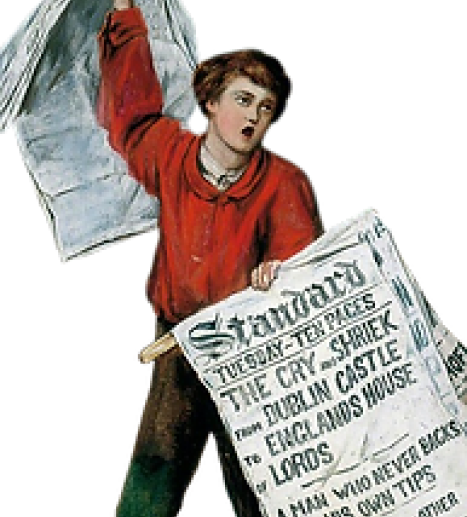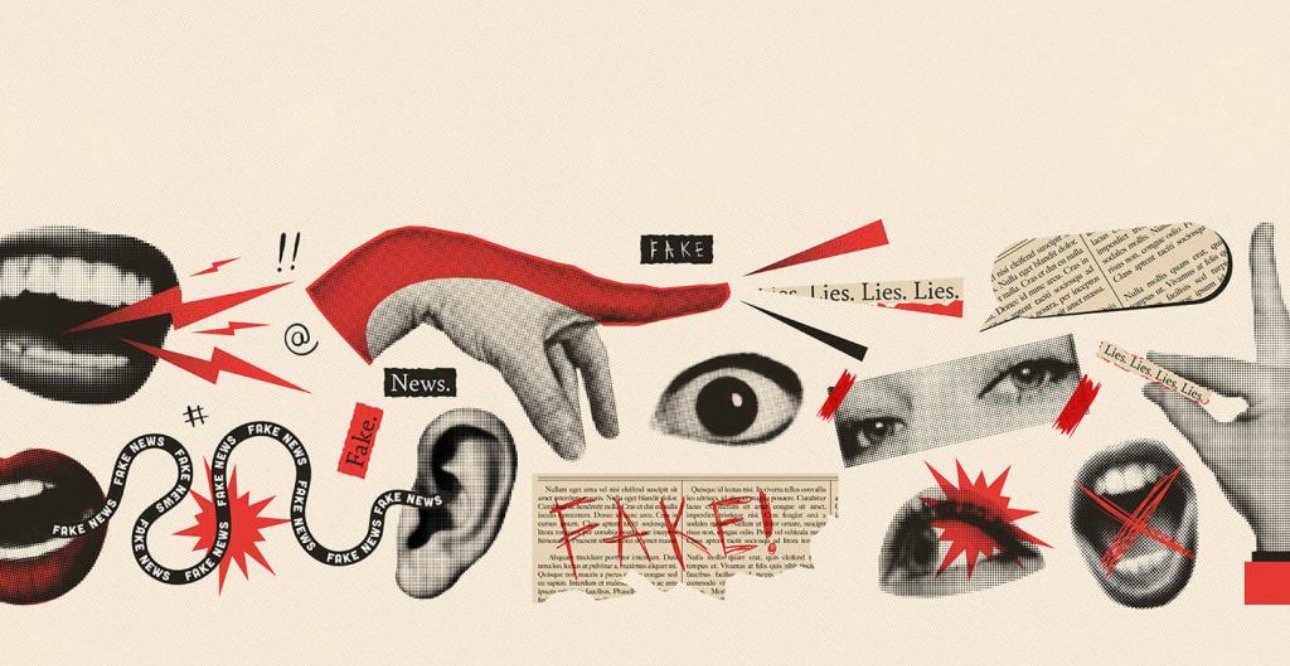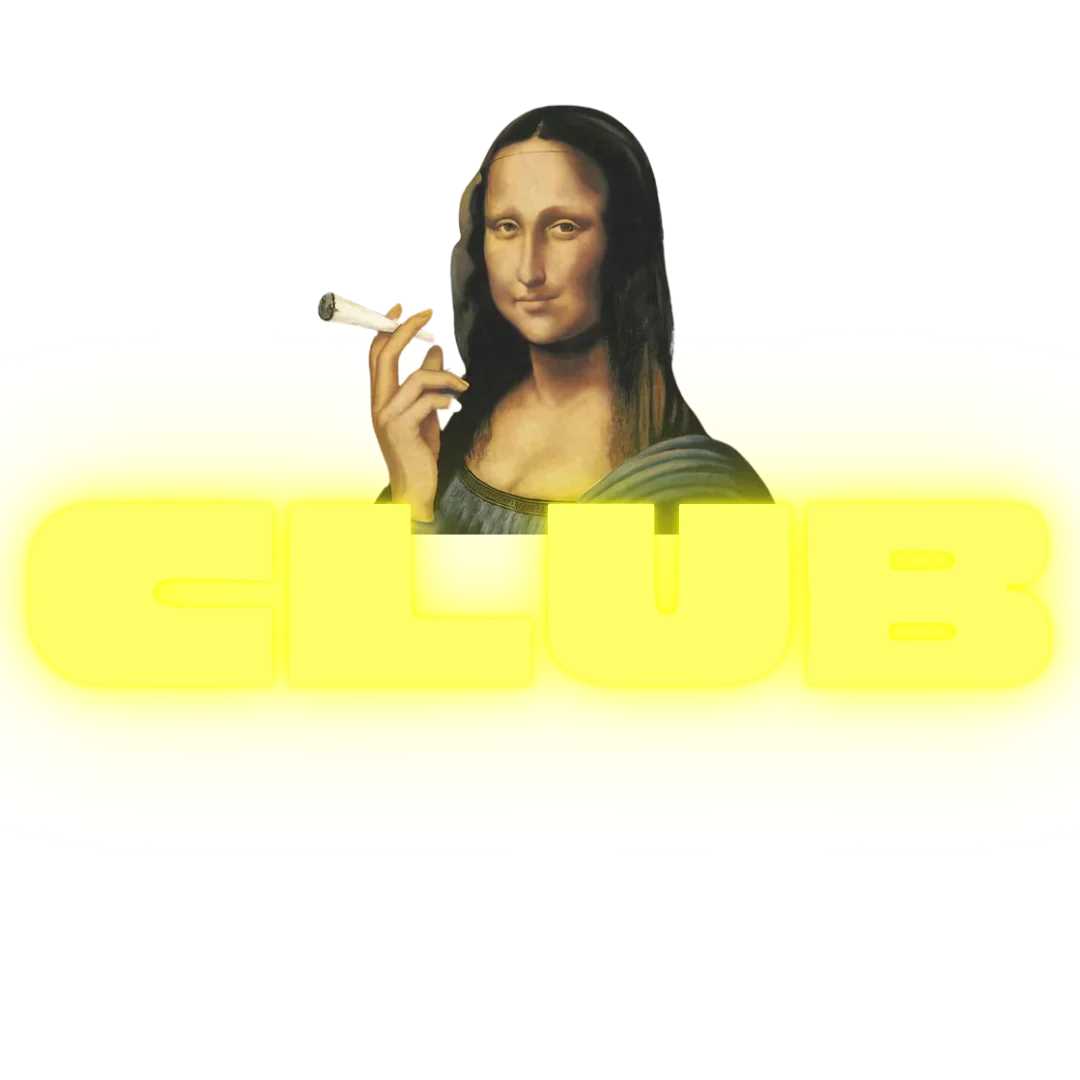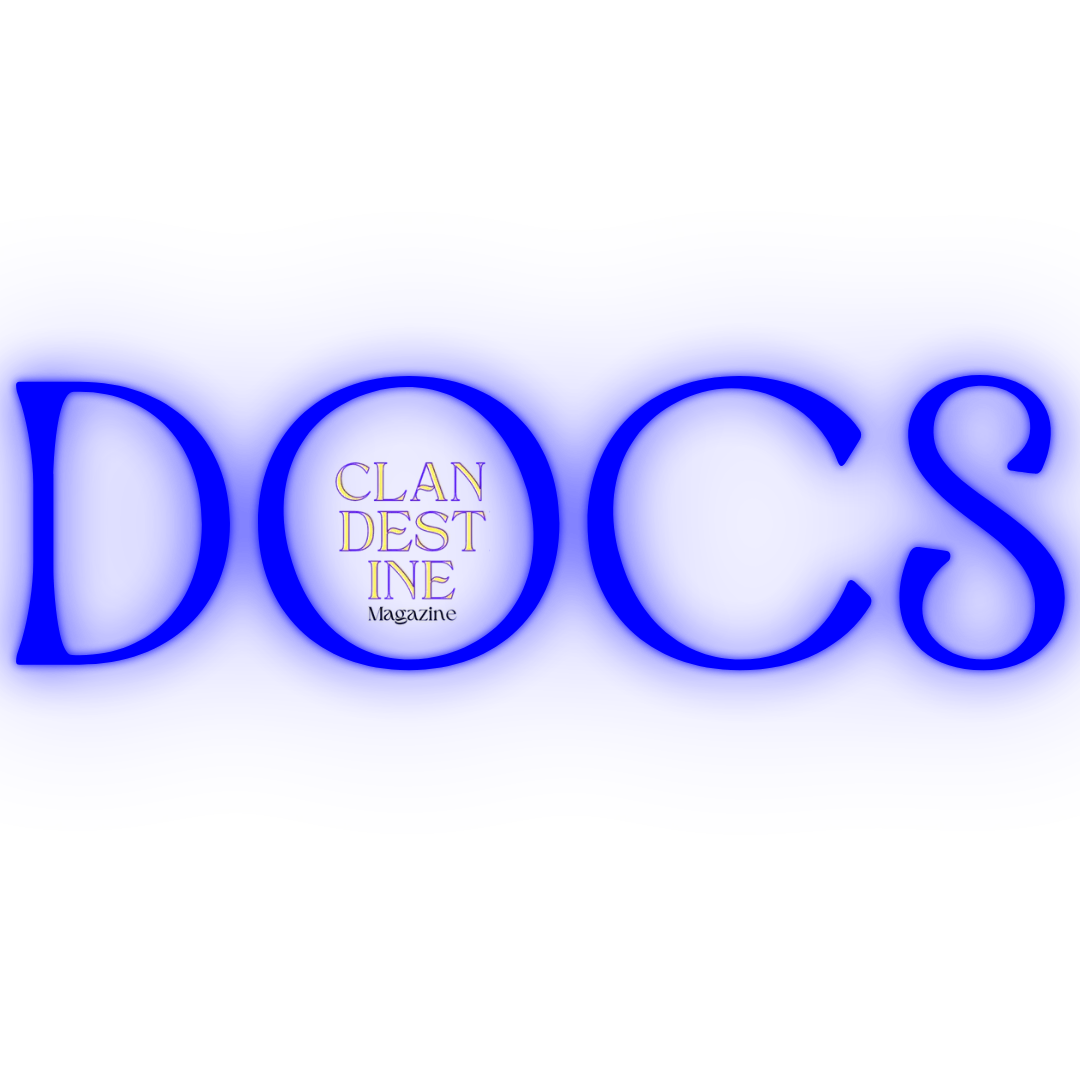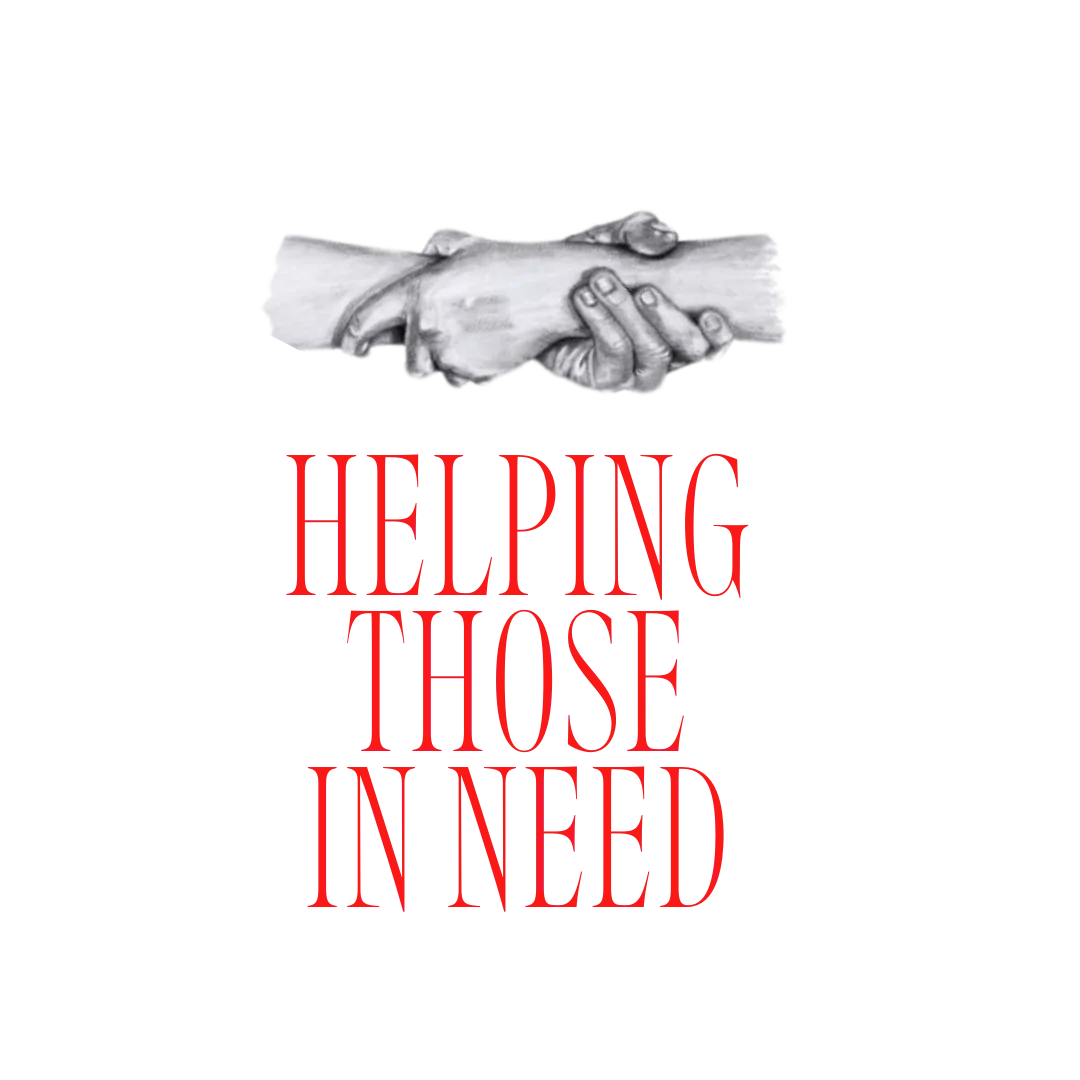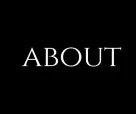Scrolling through our feed, thumbs flicking past the absurd headlines that have become the wallpaper of our modern life: “Satire, Propaganda, or Just Tuesday?”, “Everything’s Fine, Experts Assure, as World Burns’ We laugh, a small, nervous sound that dies in the blue glow of our screens. “At least the jokes are still funny, right?” muttering, half to us, half to the algorithm taking note. The laugh feels less like amusement rather akin to surrender -the only sane reaction to an online landscape where irony has replaced reality as the default mode of understanding. The more surreal the news becomes, the more we rely on humour to process it. But the punchlines keep getting darker, and the laughter sounds increasingly hollow. Once, humour was a weapon of resistance; a way to puncture power with wit, to expose hypocrisy through laughter. From Cold War cartoons to the snarky monologues of late-night hosts, irony served as a mirror: distorted, yes, but truthful enough to reflect our collective unease. Today, that mirror feels obscured. Satire no longer sits outside the system; it’s part of the content churn. The absurdities it once mocked are now indistinguishable from the headlines themselves. We laugh to cope, to signal awareness, to prove we’re not naïve. But in a culture saturated with self-aware jokes, laughter has lost its edge. The wink that once exposed manipulation now conceals it. Humour, the oldest form of critical distance; has been weaponised into something else: distraction, denial, even devotion. If the twentieth century’s propaganda spoke in slogans and fear, todays speak in memes and smirks. We’re not being shouted into submission; we’re being amused into apathy.
Irony has a slower pulse, measured in ink and captions, rather than pixels and shares. In 1925, The New Yorker arrived on newsstands indicating “a magazine not edited… delivering journalism that exposes wrongdoing,”. Cementing at its core, a magazine known for its rigorous reporting of the truth, to the public. A unique blend of social and cultural commentary; often reflective and indicative of the astute changes in society. This avalanche of success was innately down to the single panel cartoons, which were able to represent a myriad of voices and styles; into dry one-liners and knowing smirks. Here was the age of elegance and intrigue, of cunning aloofness as sophistication. Irony was not yet an escape from meaning, but a method of critique, a way to survive the absurdities of modern life without surrendering to them. By mid-century, the world had grown darker, and the jokes had followed suit. Throughout the Cold War, The New Yorker’s cartoons became miniature barometers of national anxiety: mushroom clouds illustrated with deadpan wit, couples in fallout shelters sipping cocktails. A famous 1950s cartoon drawn by Charles Addams, depicts two men in business suits gazing at a smouldering city through their office window. One says to the other, “It’s a great view, if you don’t think about it too much.”. This line is both darkly comedic and serves as a stark warning; reminding that irony could illuminate the madness of normality. That balance between the trivialisation of disaster and joke and judgment, is what made satire fundamental. It was a tension that demanded participation; the audience had to “get it.” To laugh was to understand. But somewhere between the Cold War’s anxious wit and today’s algorithmic irony, something went astray. The distance that once gave irony its critical power has collapsed. We no longer laugh at absurdity; we laugh within it – as participants rather than observers.
If The New Yorker cartoon once offered a raised eyebrow, the modern meme offers a shrug. Irony is no longer subversive; it’s reflexive, a nervous tic that fills the space where conviction used to live. The internet has turned irony into a need; every outrage is immediately met with a punchline; every crisis arrives pre-meme. Tragedy and comedy refresh in the same feed. The result is a peculiar kind of numbness’ almost as though it has become too clever, leading us to treat sincerity with ever growing submission. Even the language of protest now comes laced with irony; signs that read “We Tried Nothing and We’re All Out of Ideas,” mocking our own desperation. Brands have learned this language too. Fast-food chains mock their customers on Twitter, streaming platforms parody their own ads, and governments adopt the deadpan tone of the internet. Power now speaks in the voice of parody, no longer fearing ridicule but mastering it. Irony, once a weapon against illusion, has become its disguise. The more we laugh, the less we act; irony once demanded awareness, now it rewards detachment.
This phenomenon was vividly demonstrated during episodes of propaganda, where uniforms, flags, and loudspeakers combined with screaming posters, echoing the atmosphere of animosity during the twentieth- century Red Scares. During these periods, fear of communism was amplified through films, newspapers, and political campaigns, turning suspicion into a social weapon. Nothing further highlighted this boundary, like the ‘Iron Curtain’ both a political and physical boundary; signifying the Soviet Union’s attempt to block contact with the West- an attempt to subvert the public- a major cause and symbol of the tensions that surrounded this post -war era. Initially it targeted immigrants and labour organisers, while the Second Red Scare relied on media and government committees to root out alleged subversives, often with little evidence. Propaganda then aimed to unify the nation against a common enemy, enforce loyalty, and suppress dissent, just as today’s memes and viral jokes subtly guide belief and behaviour; you often do not realise what is happening until it is too late. In the age of social media, humour has become the modern Trojan horse: it slips past scepticism, disguised as entertainment. What once required state-run messaging now thrives in participatory comedy, where satire spreads faster than sincerity, shaping public opinion almost invisibly. Algorithms amplify outrage, amusement, and disbelief, turning laughter into a delivery system for ideology, echoing the Red Scare’s original goal of using fear and repetition to mould thought. Although, its forms have transformed, its power to persuade, manipulate remains, a lesson from the fearmongering of the Red Scare and the shadow of McCarthyism.
During the 2016 U.S. election, we quickly learned that satire spreads faster than sincerity. A well-timed joke about a candidate or crisis could travel further, reach younger audiences, and feel less manipulative than overt propaganda. Essentially, changing the political landscape, re-writing the way in which the public receives and understands political information; possibly paving the way for this new era of political engagement. By the time you realize you’ve joined the joke, you’re already part of the chorus. Today, the figurehead of this movement looks a little different. That of a post truth comedians, figures that blur satire and sincerity. ‘The Last Leg’ provides the perfect example of this; Adam Hills and co-hosts Josh Widdicombe and Alex Brooker inhabit a post-truth comedic space. The show samples news, politics, and social absurdities, yet each joke wavers on a knife-edge: is the laughter sparked by exaggeration or by uncomfortable truth? When Brooker comments on societal attitudes toward disability, or Hills mocks a politician’s mistake, the punchline lands not just in clever wordplay but in the audience recognising realities often ignored. The paradox of post-truth comedy is clear: the show entertains by exposing distortions, yet its deeper impact emerges when viewers realise, they are laughing at truths that are simultaneously undeniable and absurd. Humour becomes both shield and mirror, forcing audiences to confront what might otherwise be overlooked. Misinformation studies reveal that shared humour strengthens tribal identity, uniting groups through inside jokes and shared laughter. Social proof amplifies this effect: people are far more likely to repost jokes they agree with, spreading messages not because they’re true, but because they’re funny. In this way, laughter becomes a gateway from amusement to belief- following the path from belief to loyalty.
In the end, we’ve drifted from fear-based control to fatigue-based distraction. Propaganda no longer shouts; it chuckles. It doesn’t demand our certainty; only that we keep scrolling. Picture again we are scrolling, laughing nervously, unsure whether we are in on the joke or the subject of it. The question lingers: can humour be reclaimed as awareness rather than anaesthesia? If irony once protected us from lies, who now protects us from irony? As Hannah Arendt warned of the banality of evil, and the lack of critical thinking, that would cause us to become complicit. We return to ourselves; and look up from the article we have just read.
“Perhaps what you’ve read is the truth-or perhaps only a version of it.”








